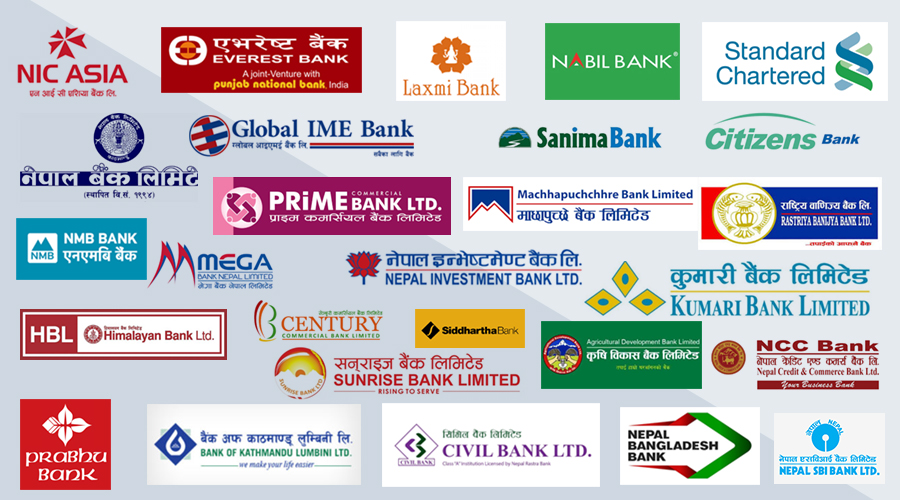KATHMANDU: Lending interest rates of commercial banks in Nepal have reached a 30-month low, reflecting a significant shift in the country’s financial landscape. Despite the reduction in interest rates, banks are facing challenges in expanding their loan portfolios due to diminished demand for loans across various sectors.
According to records from Nepal Rastra Bank (NRB), the central bank, the weighted lending interest rates of commercial banks dropped to as low as 9.93 percent per annum by mid-July this year. This marks the first time in the last 30 months that banks have managed to reduce their lending rates to a single-digit figure.
Historically, lending rates have been more volatile. In January 2022, banks set their average lending rate at 9.44 percent per annum. However, this figure increased in subsequent periods, peaking at 13.03 percent in March 2023.
Over the past 15 months, the lending rates have been on a downward trend. In the last year alone, the average lending rate decreased by approximately 2.4 percentage points. As of mid-July 2023, the NRB reported that the weighted interest rate on loans stood at 12.30 percent per annum.
Bankers attribute this reduction in lending rates to a significant drop in loan demand. The financial sector has been compelled to adjust rates to attract borrowers amidst a sluggish loan market. At the close of the fiscal year 2023/24, the average base interest rate among commercial banks was set at eight percent per annum, while the average interest rate on deposits was 5.77 percent per annum. Despite the favorable lending conditions, banks have struggled to expand their loan portfolios, which has negatively impacted their credit-deposit ratio.
As of the latest records, the credit-deposit ratio of banks had fallen to 78.98 percent, well below the regulatory upper cap of 90 percent. This indicates that banks have ample loanable funds but are struggling to find borrowers.
Industry insiders suggest that lending rates could decrease further as fixed deposits mature. Many depositors previously locked their funds in fixed deposits when interest rates were higher. As these accounts mature, banks may find themselves with even more liquidity, which could push interest rates down further in a bid to stimulate loan demand.
Despite the drop in lending rates, banks are currently sitting on a substantial amount of idle funds. Reports indicate that commercial banks have around Rs 650 billion in loanable funds, a significant portion of which remains unutilized. While there has been an uptick in demand for loans against shares, other sectors such as construction, production, and commerce have shown minimal interest in borrowing.
Faced with an excess of idle funds, banks have increasingly turned to depositing money with the NRB. On Sunday, the central bank issued a call for deposits totaling Rs 100 billion from banks and financial institutions. The response was overwhelming, with 80 banks and financial institutions proposing deposits that totaled double the requested amount.
This trend reflects the broader challenges within Nepal’s financial sector. While lower lending rates would typically spur economic activity by making borrowing more affordable, the current economic conditions have dampened demand. Factors such as ongoing economic uncertainty, sluggish growth in key sectors like construction and manufacturing, and cautious consumer sentiment have all contributed to the low appetite for new loans.
For the Nepali economy, the situation presents both challenges and opportunities. On one hand, the availability of cheaper loans could eventually support economic recovery by encouraging investment in productive sectors. On the other hand, the current low demand for credit signals underlying economic weaknesses that may take time to resolve.
In the coming months, all eyes will be on how the NRB and commercial banks navigate this complex landscape. The potential for further reductions in lending rates, coupled with strategic measures to stimulate demand, will be crucial in determining the trajectory of Nepal’s financial and economic recovery.

